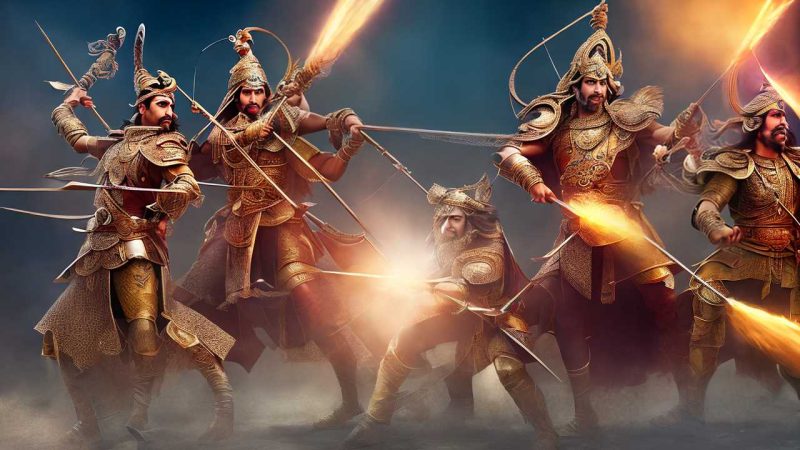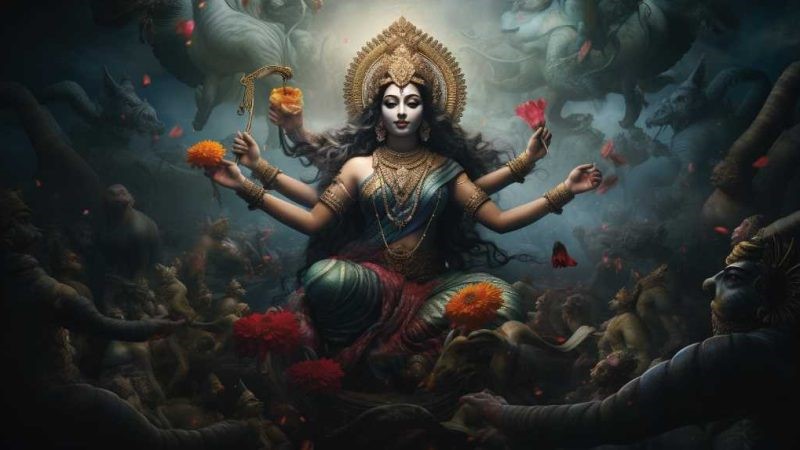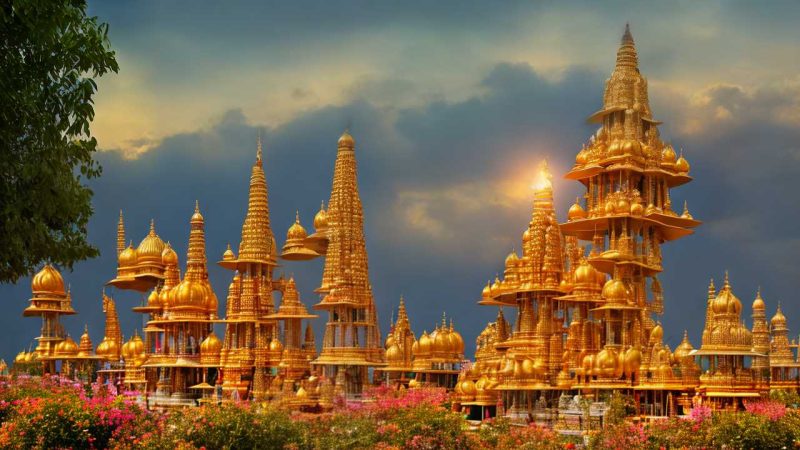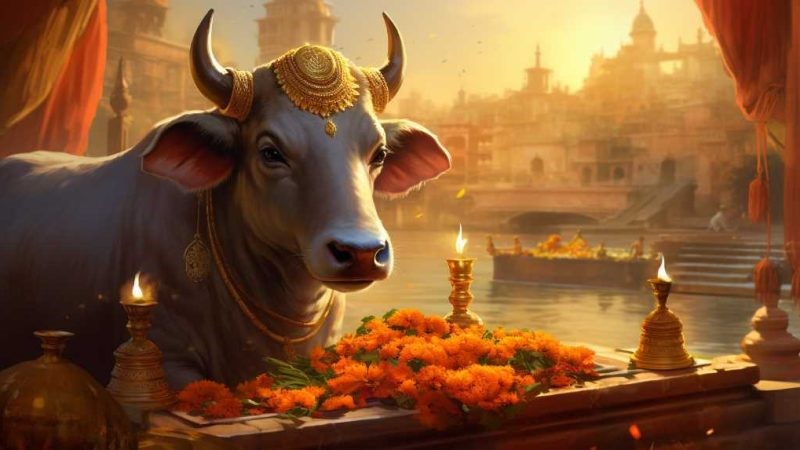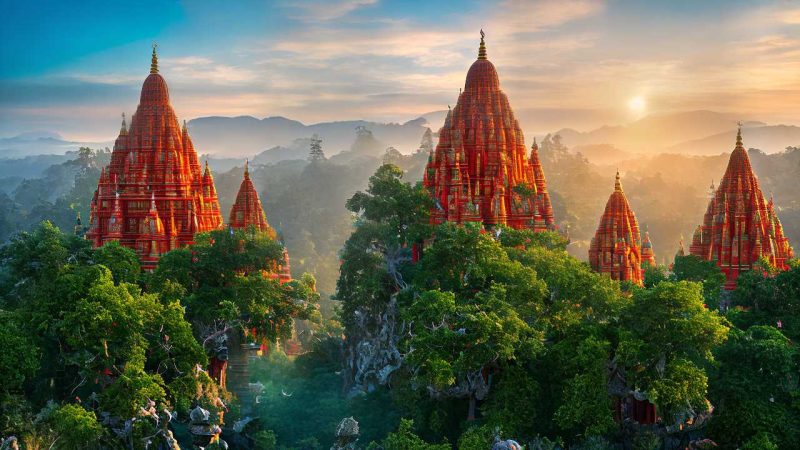The Majestic Hindu Temples of India
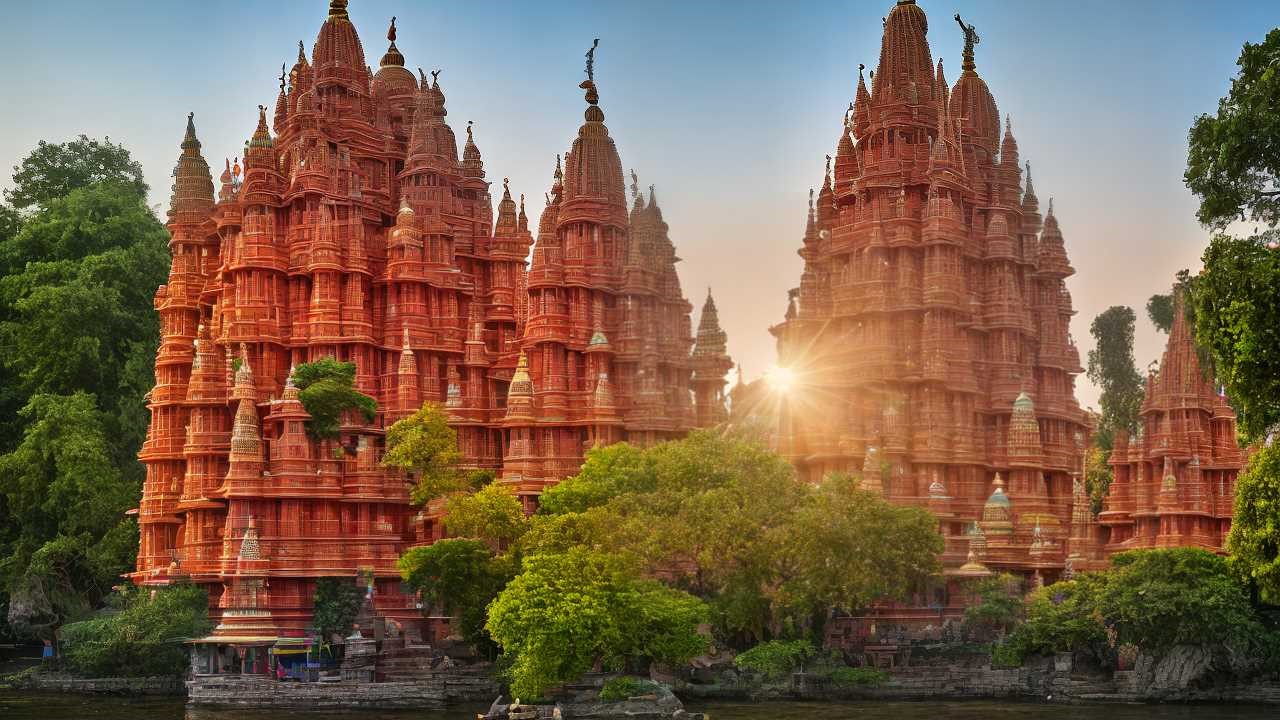
India’s Hindu temples are not just places people go to worship. They show us a lot about India’s long history and the amazing talents of Indian artists. These temples vary in style across the country.
For example, in the south, there are huge temples carved out of rock. In the north, there are temples with detailed designs on sandstone. Every temple has its own story and special design features. These differences give us a peek into the religious passion of the people and how culture in India has developed over time.
When we look at the Chola dynasty temples, we can see their power and influence in history. The carvings at Khajuraho are mysterious and show us different aspects of life. The Sun Temple at Konark is built with such precision that it was used to track time using the sun. Varanasi is one of the oldest cities and is important for people’s religious beliefs. And the celebrations at the Meenakshi Temple in Madurai are bright and full of life, showing how religion is a big part of Indian celebrations.
To really understand these temples, we should think about more than just how big or fancy they are. We should also try to learn about the stories behind them. This could be legends from long ago or tales about the people who built them.
Architectural Marvels of Chola Temples
The Chola temples are famous for setting the standard in Dravidian temple design. These temples, built during the 11th and 12th centuries, show the Chola dynasty’s strong support for art and their skill in building with stone.
These temples are not only large but also have very detailed sculptures. For example, the Brihadeeswarar Temple at Thanjavur has a huge temple tower that shows the Cholas’ skill in creating large structures that are also well-proportioned.
When building this temple, they used advanced methods to lift and set a massive stone on top, which shows they had a deep understanding of how to build things.
The Chola temples mix religious meaning with practical beauty, showing that their society placed a high value on creative achievement and new ideas.
The Sacred Geometry of Khajuraho
The Khajuraho temples, built by the Chandela dynasty from 950 to 1050 CE, are wonderful examples of how ancient architects used sacred geometry in their designs. These temples in India are known for their precise and complex designs, similar to what you would find in advanced math.
The use of the mandala, which is a symbol that represents the universe in Hindu and Buddhist symbolism, is a key part of the temple’s design. It helps create a sense of balance and harmony throughout the temples.
The people who built Khajuraho’s temples used math to blend spiritual ideas into the buildings’ design, giving visitors a sense of the spiritual world. For example, the way the temples are laid out and how the space within them is organized can give you a feeling of peace and connection to something larger than yourself.
When you walk through these temples, you can see the attention to detail and the careful planning that went into their construction. It’s not just about the beauty of the buildings; it’s also about how they reflect deep philosophical ideas through their architecture.
This combination of beauty and meaning is what makes the Khajuraho temples so special.
Legends of the Sun Temple, Konark
The Sun Temple in Konark is a remarkable example of the Kalinga kingdom’s skill in architecture and their worship of the sun god, Surya. This huge temple looks like a chariot and has beautifully detailed stone wheels, horses, and pillars. It’s meant to show how time moves with the sun.
It’s said that King Narasimhadeva I built it in the 1300s to show respect to Surya. There’s a well-known story about the temple’s main builder, Bisu Maharana. He had a hard time finishing the main part of the temple. His young son, Dharmapada, figured out how to solve this problem, but he gave up his life to keep the temple sacred.
This story highlights why the temple is so important and adds to the intrigue surrounding its damaged condition today.
Spirituality at Varanasi’s Ghats
In Varanasi, a city that many people hold sacred, there are steps called ghats that go down to the river Ganges. These steps are not just for walking on; they are important for people’s spiritual lives. Many people come here to pray and perform religious practices that have been done for a very long time. When you see these ghats, you can really understand how people’s everyday lives and their spirituality are connected, especially when you see ceremonies that remind us of life’s beginning and end.
For example, when someone takes a dip in the river, it’s not just a bath; it’s a way of showing their faith. Every day, people gather to worship and watch a special ceremony called Ganga Aarti, where they light lamps and pray by the river. This isn’t done quietly or alone; it’s a group activity with singing and prayers that start early in the morning.
Festivals of the Madurai Meenakshi Temple
Like the ghats in Varanasi are key to the city’s religious life, the festivals at the Madurai Meenakshi Temple are a deep dive into the traditions of South India. The biggest event is the Meenakshi Thirukalyanam, which is the grand wedding celebration of Goddess Meenakshi and Lord Sundareswarar. Held every April, this event draws in thousands of worshipers, showing how important the temple is for religious gatherings.
The festival’s ceremonies are full of meaning. For example, when the deities are taken around the temple, it’s like showing the circle of life. The wedding rituals highlight the value of marriage and having children in Hindu beliefs.
This festival, and others like it, keep old art forms alive and help the community stay close. It shows that the Madurai Meenakshi Temple is still a key place for both religion and society in India.
Conclusion
The Hindu temples in India are remarkable for both their spiritual significance and their stunning architecture. These temples showcase beautiful carvings from the time of the Chola dynasty and the precise, patterned designs seen at Khajuraho.
The Sun Temple in Konark is famous for its design that aligns with celestial movements. In Varanasi, the activities and ceremonies by the riverbanks bring the temples to life. Moreover, festivals at the Madurai Meenakshi Temple highlight the deep cultural importance of these places.
Each temple offers a unique glimpse into the combination of creative arts, deep religious practices, and historical scientific knowledge. They’re not just buildings; they’re places where art, worship, and an understanding of the natural world come together in a vivid display.

